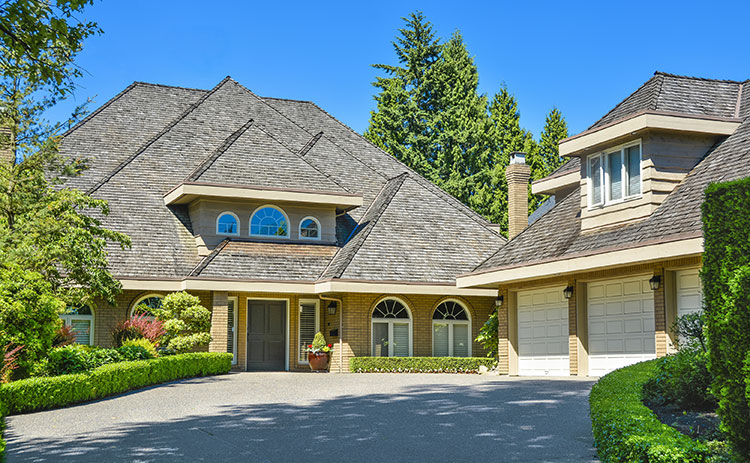A Comprehensive Guide to Modern Home Renovation Trends

Introduction
The world of home renovation is constantly evolving, embracing new technologies, styles, and preferences. As we step into another year, it’s essential to look at the trends shaping modern homes. From sustainable materials to smart home integrations, this guide delves into what’s current in home renovation, offering inspiration and practical advice for your next project.
Latest Trends in Home Renovation
- Sustainability and Eco-Friendly Materials: With a growing emphasis on environmental responsibility, more homeowners are opting for sustainable materials. Bamboo flooring, recycled glass countertops, and energy-efficient appliances are just a few examples gaining popularity.
- Smart Home Technology: Technology integration in home renovation is no longer a luxury but a standard. Automated lighting systems, smart thermostats, and advanced security systems enhance convenience and energy efficiency.
- Minimalist Design: The minimalist trend continues to reign, with clean lines, neutral color palettes, and uncluttered spaces creating a sense of calm and order.
- Bold Accent Colors: While minimalism dominates, bold accent colors are making a statement. A striking wall color or vibrant furniture pieces can add personality and contrast to any space.
- Open Floor Plans: The desire for spacious, airy environments leads many to opt for open floor plans. Knocking down walls to create a seamless flow between the kitchen, dining, and living areas is a popular choice.
- Outdoor Living Spaces: Enhancing outdoor areas to create additional livable space is a trend that continues to grow. Whether it’s outdoor kitchens, fire pits, or cozy seating areas, the focus is on blending indoor comfort with outdoor beauty.
Practical Tips for Home Renovation
- Plan Your Budget: Before diving into a renovation, assess your finances. Allocate budgets for different aspects of the renovation and keep a contingency fund for unexpected expenses.
- Choose the Right Contractor: Research and select a contractor with a solid reputation and experience in the type of renovation you’re planning.
- Understand the Timeline: Renovations can take time. Discuss the timeline with your contractor and plan accordingly to minimize disruptions.
FAQs
- What is a cost-effective way to renovate my home? Focus on changes that make a significant impact, like painting or updating fixtures. Prioritize renovations based on your budget and needs.
- How can I ensure my renovation is eco-friendly? Opt for sustainable materials, invest in energy-efficient appliances, and consider solar energy solutions.
Conclusion
Staying abreast of the latest trends in home renovation not only ensures your home stays stylish but also increases its functionality and value. Whether it’s adopting eco-friendly practices or integrating smart technology, there’s a world of possibilities to explore. This guide aims to provide you with insights and inspiration for your next home renovation project, helping you create a space that’s both modern and uniquely yours.…





